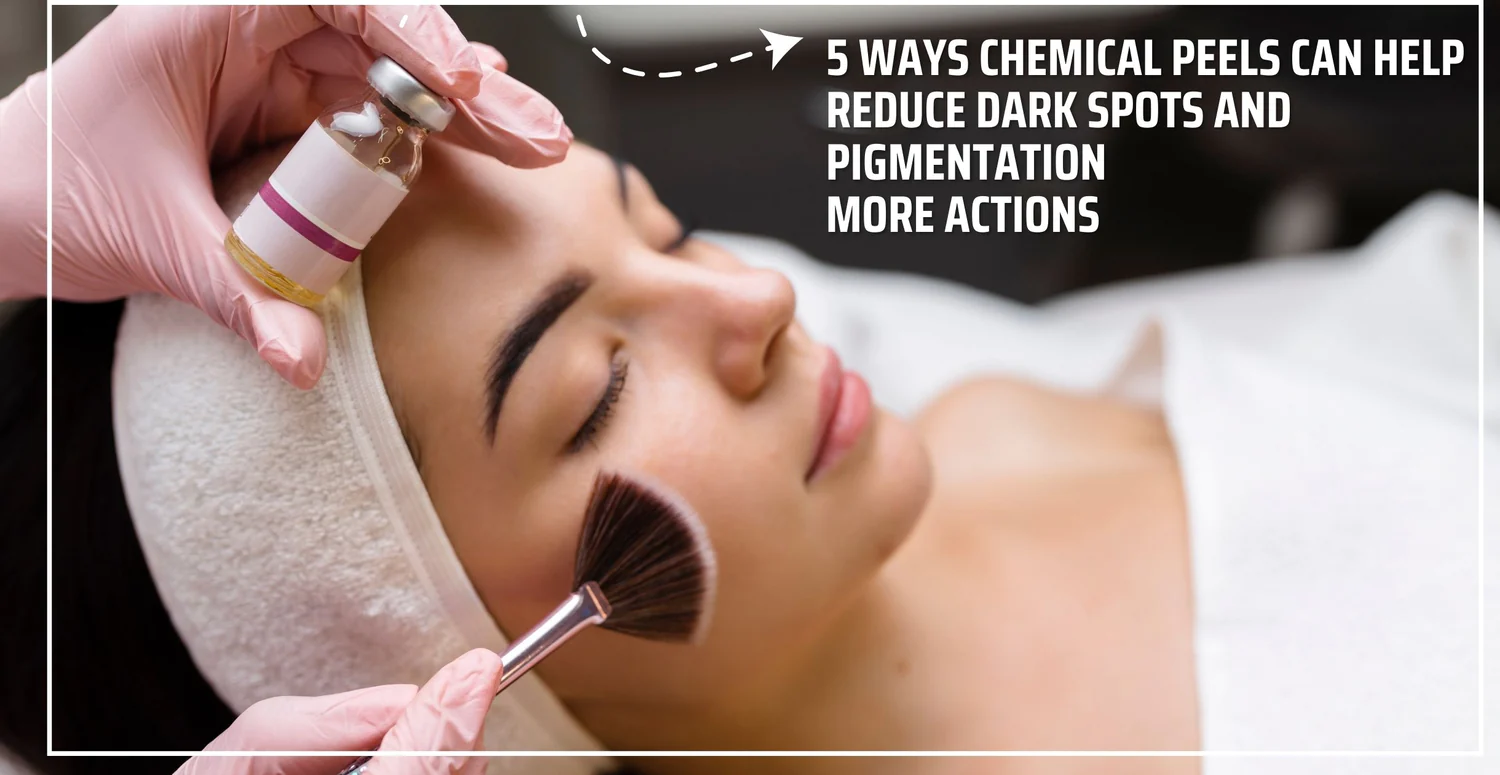In the quest for flawless skin, chemical peels https://acneclinicnyc.com/biorepeel/ have emerged as a transformative solution. These treatments, rooted in scientific principles, offer a pathway to smoother, brighter, and more youthful-looking skin. But what exactly are chemical peels, and how do they work? Let’s delve into the science behind these skincare marvels to understand their mechanisms and benefits.
Understanding Chemical Peels:
Chemical peels are cosmetic procedures designed to improve the appearance of the skin on the face, neck, or hands. They involve the application of a chemical solution to the skin, which causes it to exfoliate and eventually peel off. This process stimulates cell turnover and reveals fresh, new skin underneath.
The Science Behind the Peel:
The key to chemical peels lies in their active ingredients, which can vary depending on the depth of the peel and the desired outcome. Common ingredients include alpha hydroxy acids (AHAs) such as glycolic acid and lactic acid, beta hydroxy acids (BHAs) like salicylic acid, and trichloroacetic acid (TCA).
These acids work by penetrating the skin and breaking down the bonds that hold dead skin cells together. As the top layer of skin sheds, it reveals smoother, more even-toned skin beneath. Additionally, the exfoliation process stimulates the production of collagen and elastin, which are essential for maintaining skin firmness and elasticity.
Types of Chemical Peels:
Chemical peels are categorized based on their depth of penetration into the skin:
- Superficial Peels: These peels typically use mild acids like glycolic acid or salicylic acid to exfoliate the outermost layer of skin. They are suitable for treating fine lines, uneven pigmentation, and mild acne scars.
- Medium Peels: Medium-depth peels penetrate deeper into the skin, targeting moderate wrinkles, acne scars, and uneven skin tone. They often utilize TCA or a combination of acids to achieve more significant results.
- Deep Peels: Deep peels reach the deeper layers of the skin and are reserved for more severe skin concerns such as deep wrinkles, pronounced sun damage, and precancerous growths. Phenol is a common ingredient used in deep peels due to its potent exfoliating properties.
Benefits of Chemical Peels:
The benefits of chemical peels extend beyond surface-level improvements. They can:
- Improve skin texture and tone
- Reduce the appearance of fine lines and wrinkles
- Minimize pore size
- Fade dark spots and hyperpigmentation
- Control acne breakouts
- Enhance the effectiveness of skincare products
Conclusion:
Chemical peels offer a scientifically proven solution for achieving radiant, youthful-looking skin. By harnessing the power of exfoliating acids, these treatments stimulate skin renewal and address a variety of skincare concerns. Whether you’re looking to refresh your complexion or combat signs of aging, chemical peels can be customized to meet your specific needs. Consult with a qualified skincare professional to determine the most suitable peel for you and embark on a journey to healthier, more beautiful skin.

